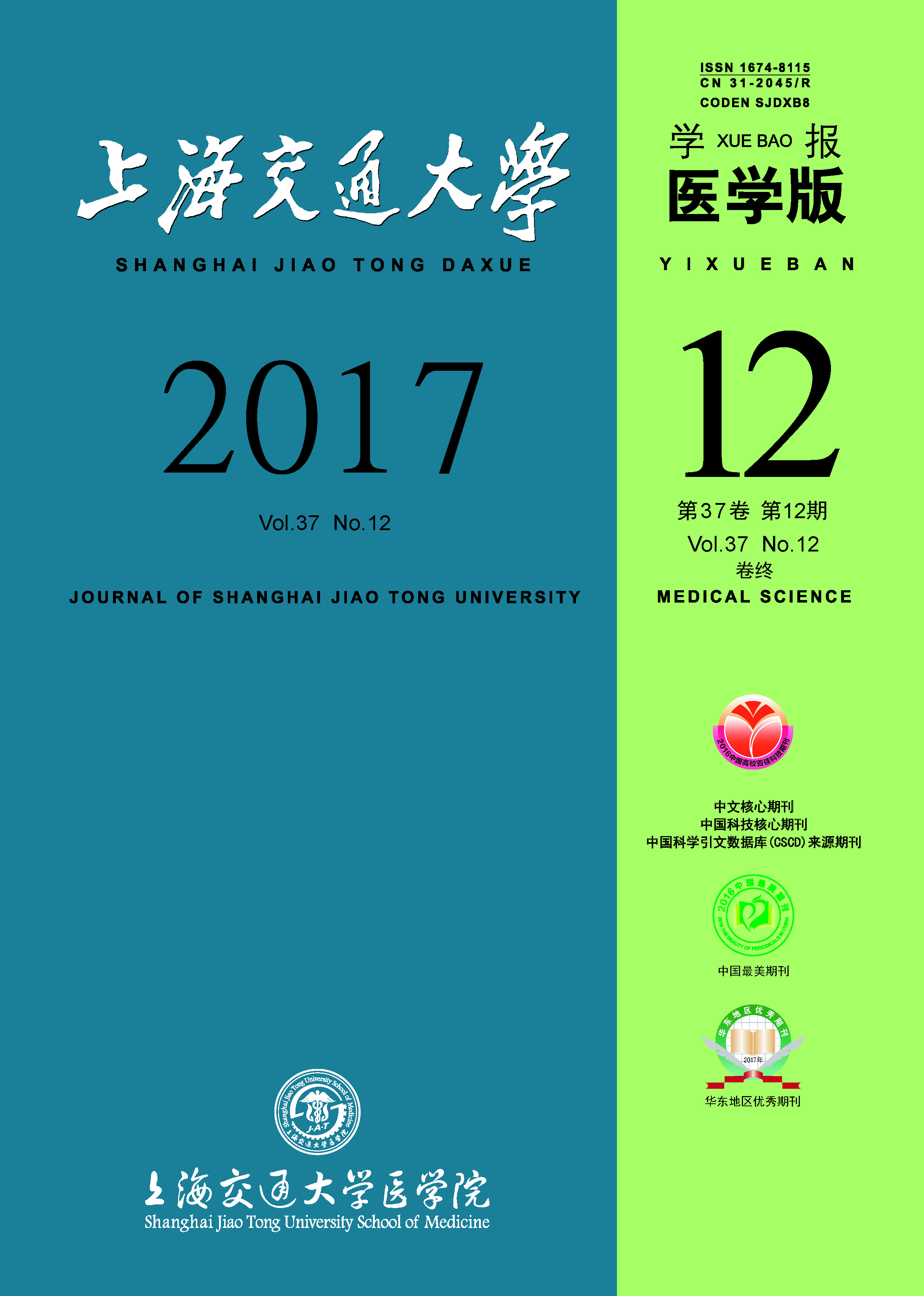|
|
Impact of one-child on body mass index and percentage of body fat in primary school students: a longitudinal study#br#
XU Ren-ying, ZHOU Yi-quan, LI Yun, ZHANG Xiao-min, CHEN Zhi-qi, LU Li-ping, WAN Yan-ping
2017, 37 (12):
1691.
doi: 10.3969/j.issn.1674-8115.2017.12.021
Objective · To evaluate the impact of one-child on body mass index (BMI), and percentage of body fat in primary school students. Methods · All the sample was recruited from 5 elementary schools in Gaohang Town, Shanghai, China. The baseline data of height, body weight, and percentage of body fat was obtained in 2013, and re-measured in 2014 and 2015, respectively. Birth weight, breast feeding, diet and time for physical activities of each children and the highest education level, height, and body weight of their parents were also collected by a self-completed questionnaire. Logistic regression and Mix model was used to analyze the relationship between one-child and BMI, BMI-Z score, and percentage of body fat. Results · A total number of 2 515 (1 323 boys and 1 192 girls) primary school students completed the study and entered the analysis. The percent of one child in this study population was 72.0% (1 812/2 515). BMI-Z score, time for physical activities, parental education level, and maternal BMI were higher, while the rate of breast feeding was lower in one-child group compared to non-one-child group. The results of Logistic regression showed boys (compared to girls), macrosomia ( ≥ 4 000g vs normal birth weight), overweight father and mother (compared to normal BMI) were risk factors for overweight. The factor of one-child didn’t increase the risk of overweight (OR=1.119, 95% CI 0.911-1.374). After potential con-founders adjusted, the annual increase of BMI (β=0.028, 95% CI -0.045-0.100), BMI-Z score (β=0.002, 95%CI -0.034-0.037) and percentage of body fat (β=0.013, 95% CI -0.181-0.207) showed no obvious difference between the two groups. Conclusion · One-child factor showed no obvious relationship with BMI, BMI-Z score and percentage of body fat in primary school students.
Related Articles |
Metrics
|

